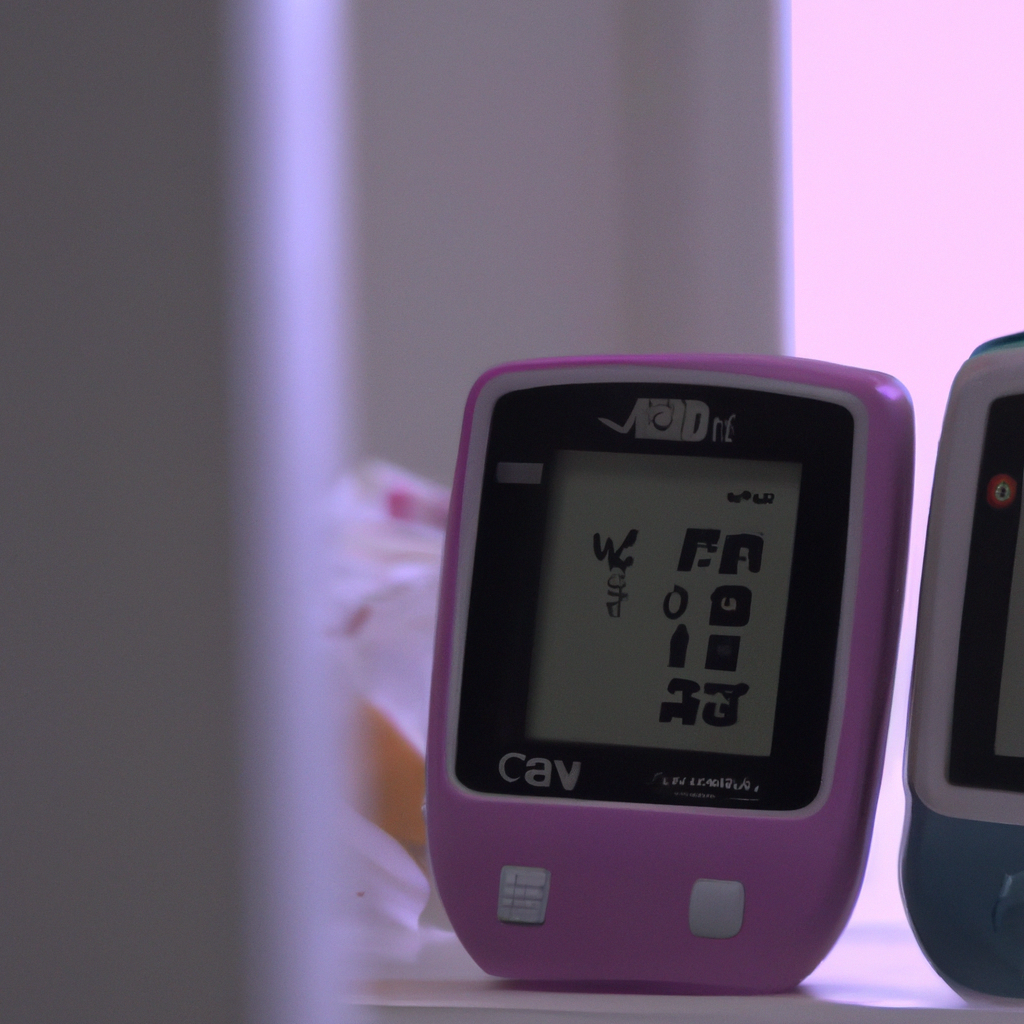-
Reading Roadmap
- Accuracy of Continuous Glucose Monitors for Managing Diabetes in Hospitalized Kids
- Key Takeaways
- Introduction: The Role of Continuous Glucose Monitors in Pediatric Diabetes Management
- CGMs: A Revolution in Diabetes Management
- Benefits and Challenges of Using CGMs in Hospitalized Children
- FAQ Section: Common Questions about CGMs in Pediatric Diabetes Management
- 1. How accurate are CGMs in detecting blood glucose levels?
- 2. Do CGMs eliminate the need for finger pricks?
- 3. Can CGMs be used in all children with diabetes?
- 4. What are the benefits of using CGMs in hospitalized children?
- 5. What are the challenges of using CGMs in hospitalized children?
- Conclusion: The Future of CGMs in Pediatric Diabetes Management
- Further Analysis
- Key Takeaways Revisited
Accuracy of Continuous Glucose Monitors for Managing Diabetes in Hospitalized Kids

[youtubomatic_search]
Key Takeaways
- Continuous Glucose Monitors (CGMs) have shown significant accuracy in managing diabetes in hospitalized children.
- CGMs provide real-time glucose readings, reducing the need for frequent finger pricks.
- Studies have shown that CGMs can help in better glycemic control and reduce the risk of hypoglycemia.
- Despite their benefits, CGMs are not without challenges, including sensor inaccuracies and the need for calibration.
- Further research and technological advancements are needed to improve the accuracy and reliability of CGMs.
Introduction: The Role of Continuous Glucose Monitors in Pediatric Diabetes Management
Diabetes, a chronic condition characterized by high blood sugar levels, is a growing concern among children. Managing diabetes in children, particularly those who are hospitalized, can be challenging due to the need for frequent blood glucose monitoring and insulin adjustments. Continuous Glucose Monitors (CGMs), which provide real-time glucose readings, have emerged as a promising tool in pediatric diabetes management. This article explores the accuracy of CGMs in managing diabetes in hospitalized children.
CGMs: A Revolution in Diabetes Management
CGMs have revolutionized diabetes management by providing real-time glucose readings, reducing the need for frequent finger pricks. These devices, which consist of a tiny sensor inserted under the skin, transmit glucose readings to a monitor every few minutes. This allows healthcare providers to track glucose trends and make necessary insulin adjustments.
A study published in the Journal of Diabetes Science and Technology found that CGMs were highly accurate in detecting hypoglycemia (low blood sugar) and hyperglycemia (high blood sugar) in hospitalized children with diabetes. The study concluded that CGMs could be a valuable tool in pediatric diabetes management, particularly in the hospital setting where blood glucose levels can fluctuate rapidly.
Benefits and Challenges of Using CGMs in Hospitalized Children
One of the main benefits of using CGMs in hospitalized children is the potential for better glycemic control. A study published in Pediatric Diabetes found that the use of CGMs in hospitalized children with type 1 diabetes resulted in improved glycemic control and reduced the risk of hypoglycemia.
Despite their benefits, CGMs are not without challenges. Sensor inaccuracies are a common issue, particularly in the first 24 hours after insertion. Additionally, CGMs require calibration with fingerstick blood glucose measurements, which can be inconvenient and painful for children.
FAQ Section: Common Questions about CGMs in Pediatric Diabetes Management
1. How accurate are CGMs in detecting blood glucose levels?
Studies have shown that CGMs are highly accurate in detecting hypoglycemia and hyperglycemia. However, sensor inaccuracies can occur, particularly in the first 24 hours after insertion.
2. Do CGMs eliminate the need for finger pricks?
While CGMs reduce the need for frequent finger pricks, they still require calibration with fingerstick blood glucose measurements.
3. Can CGMs be used in all children with diabetes?
CGMs can be used in children with both type 1 and type 2 diabetes. However, their use should be individualized based on the child’s needs and the family’s ability to manage the device.
4. What are the benefits of using CGMs in hospitalized children?
CGMs can help in better glycemic control and reduce the risk of hypoglycemia in hospitalized children with diabetes.
5. What are the challenges of using CGMs in hospitalized children?
Challenges include sensor inaccuracies, the need for calibration, and the potential for discomfort or skin reactions at the sensor site.
Conclusion: The Future of CGMs in Pediatric Diabetes Management
Continuous Glucose Monitors have shown significant potential in managing diabetes in hospitalized children. By providing real-time glucose readings, these devices can help in better glycemic control and reduce the risk of hypoglycemia. However, challenges such as sensor inaccuracies and the need for calibration highlight the need for further research and technological advancements to improve the accuracy and reliability of CGMs.
[youtubomatic_search]
Further Analysis
In conclusion, the use of CGMs in hospitalized children with diabetes holds promise for improved glycemic control and reduced hypoglycemia risk. However, further research and technological advancements are needed to address challenges and improve the accuracy and reliability of these devices. As we move forward, it is crucial to continue exploring innovative solutions to improve the quality of life for children with diabetes.
Key Takeaways Revisited
- Continuous Glucose Monitors (CGMs) have shown significant accuracy in managing diabetes in hospitalized children.
- CGMs provide real-time glucose readings, reducing the need for frequent finger pricks.
- Studies have shown that CGMs can help in better glycemic control and reduce the risk of hypoglycemia.
- Despite their benefits, CGMs are not without challenges, including sensor inaccuracies and the need for calibration.
- Further research and technological advancements are needed to improve the accuracy and reliability of CGMs.







